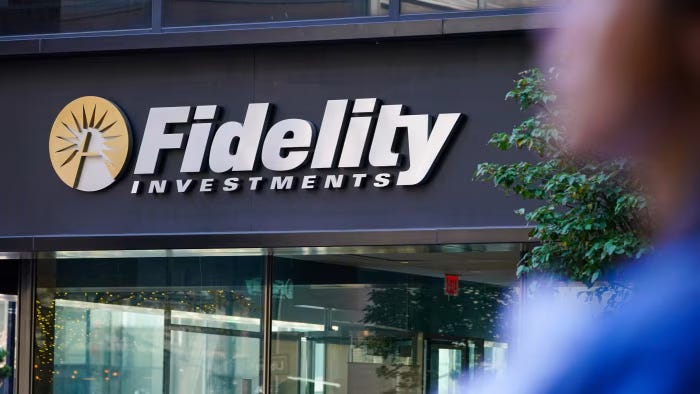Fidelity, Trump, and the Stablecoin Arms Race: What It Means for Tether
A quickie for your timeline.......
The stable race is on; this time, not from crypto-native companies, but from Wall Street and Washington.
According to the Financial Times, Fidelity is preparing to launch its own stablecoin. The $5 trillion asset manager is in the final stages of testing a tokenized dollar designed to serve as cash within digital asset markets. They are doing this alongside a parallel effort to tokenize U.S. Treasuries and money market funds, bringing institutional-grade products to blockchain rails.
But wait, there’s more…..
In a separate development, World Liberty Financial, backed by President Trump and his sons has announced the launch of $USD1, a stablecoin pegged to the U.S. dollar and backed by short-term Treasuries. Trump’s team is pushing legislation to support what they’re calling “lawful and legitimate” stablecoins and aims to have a bill ready to sign by August.
These two announcements, Fidelity’s institutional push and Trump’s ideological stake, signal something deeper: the stablecoin arena is now geopolitical.
Implications for Tether?
Tether is currently the dominant player, with USDT accounting for a majority of the $234 billion stablecoin market. Its reserves, mostly in short-term Treasuries, already rival those of nation-states. Here is a short vid on how it became “the majority”.
While Tether remains top dog in global adoption and liquidity, especially across emerging markets, these new stablecoins from the U.S. establishment are a tad more than just competition. It’s a power move from someone who doesn’t like losing.
If Fidelity’s stablecoin becomes the preferred dollar token for regulated institutions, and if Trump’s $USD1 gains political and retail traction within the U.S., Tether may find itself boxed out of parts of the American market, not by market dynamics, but by design.
Yet Tether’s strength has never been in the U.S. retail space. Its dominance comes from its offshore infra and its use as a tool for financial access in countries where the banking system is broken; Nigeria, Turkey, Argentina, Lebanon, and Afghanistan, to name a few.
As mentioned in one of my earlier pieces, as a response to U.S. regulatory pressures, Tether could even roll out a "USDT2"; a fully U.S.-compliant variant backed 1:1 and managed through a registered entity, without abandoning its flagship product used globally. That would mirror the "geo-fenced compliance strategy" used previously by -let’s say - Binance.
A Fragmented Dollar Future
Rather than a single winner, we may see a fractured stablecoin landscape:
USDT for global liquidity and emerging markets
Fidelity’s token for institutional collateral and trading
$USD1 as a symbolic retail-facing coin promoted by Trump’s base
What matters now is not just who issues stablecoins; but who they serve, who controls them, and how they connect to existing power structures.
Tether has a network effect. Fidelity has the institutional pipeline. Trump has the bulldog clout.
Apparently, the stablecoin wars are diversifying (and worsening). Now it’s just a matter of everyone picking sides.



